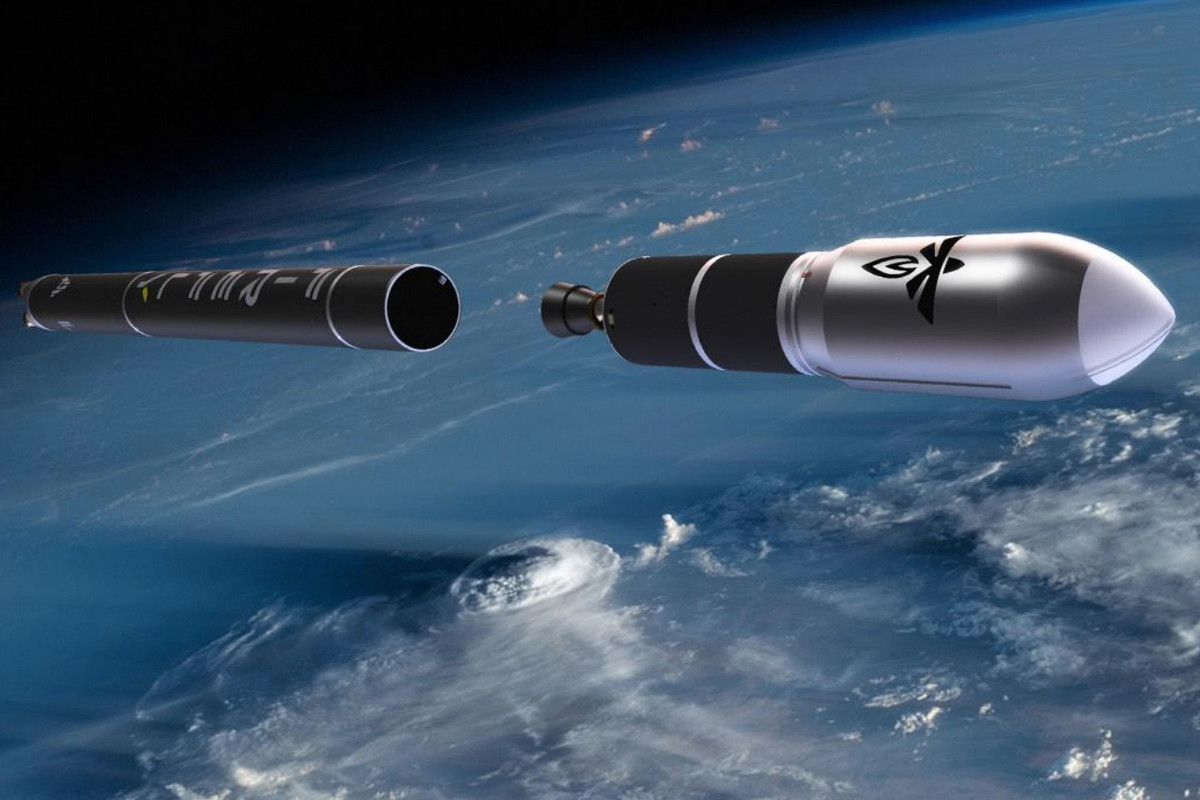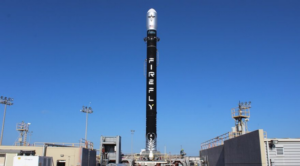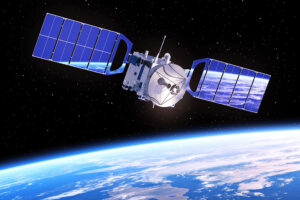Satellites Failed To Reach Desired Orbit After Firefly Launch
12th Oct 2022
Firefly Aerospace launched its Alpha rocket for the first-time last week, and while it was seen as a complete success, its satellite payloads did not reach their desired orbits and re-entered Earth’s atmosphere earlier than expected. According to the Texas-based company, the 29-meter-tall Alpha rocket was supposed to launch the satellites to a target destination of 300 kilometers above Earth, but most were deployed far below.
The blast-off marked a significant milestone for Firefly, as it was the first successful test launch of its Alpha rocket into space after its initial attempt was a failure in September 2021 when one of its four Reaver engines prematurely shut down.
The demonstration mission was named ‘FLTA002 To The Black’, and the rocket carried two CubeSats and five PicoSats for multiple companies. Most of the satellites were newer versions of the ones that were lost during the first attempt last year, including payloads for NASA’s demonstration satellite mission, TechEdSat-15, Teachers in Space, and Libre Space Foundation.
Low-level placements
Alpha’s two stages separated about 2.5 minutes after its launch, and following a circularization burn of the upper stage, the satellites were supposed to be deployed to their target destination. However, the US Space Force’s Space-Track database said that the objects were initially placed in orbits with a perigee of around 220 kilometres and an apogee of 275 kilometres.
According to the database, it catalogued five objects from the launch, and they re-entered the Earth’s atmosphere sooner than expected. By 5th October, three objects re-entered, and by 7th October, the fourth object and Alpha’s upper stage were re-entered. Space-Track only showed ‘Object A’, the Teachers in Space Serenity satellite, remaining in orbit.
Seradata, a space tracking site owned by Slingshot Aerospace, suggested on 5th October that there was “evidence of an underperformance” of the launch, and expected the satellites to re-enter “much earlier than expected”. A day later, the company Tweeted: “Seradata is now classing this as a “launch failure” with a provisional capability loss of 90 percent due to the likely life loss for the seven satellites aboard when compared to their design lives.”
A Success for Firefly
While Seradata has considered the launch a failure due to an unsuccessful attempt at reaching the correct orbit, this is common for new vehicles, especially in a test. Firefly told Space News that despite this, the company achieved its objectives. “First stage and second-stage performance was in-line with our flight 2 requirements and therefore successful”, the company said.
Further, Firefly said five days after launch – when the satellites had reportedly already begun re-entry – that they were “really pleased with the data” they had received and had reached their goal of achieving a “pre-defined elliptical orbit following the second stage burn.”
While there were fears that the stage separation had encountered an issue, with a camera on the rocket showing the nozzle of the upper stage engine almost hit the interstage, Firefly said: “Stage separation relative motion remained within vehicle requirements and expected from component level qualification and therefore successful for this test flight.
“Our data review continues, but we are excited by our preliminary review showing that we will only need to make very minor tweaks for our next mission.”
While most customers have not released information about their mission NASA spokesperson Rachel Hoover confirmed the TechEdSat-15, an ‘exo-brake’ device, had re-entered the Earth’s atmosphere, but that the satellite was expected to last less than ten days. The technology was announced in 2016 and is a tension-based braking device to increase the drag of a satellite and aid its de-orbit.
“TechEdSat-15 was delivered to an orbit that allowed the project to achieve its objectives”, Hoover confirmed. “The team is now analyzing the flight data to study performance of the latest iteration of its exo-brake technology,” Hoover said.







Thank you for your comment! It will be visible on the site after moderation.